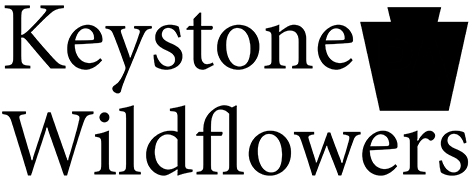For gardeners, it can be one of the most exciting times of the year. As growers announce new plants arriving in the spring, gardeners puzzle out where to squeeze in one more shrub or a few more native perennials. If you’re seeking out new native plants that work for your area, consider the native perennials we’re adding to our offering.
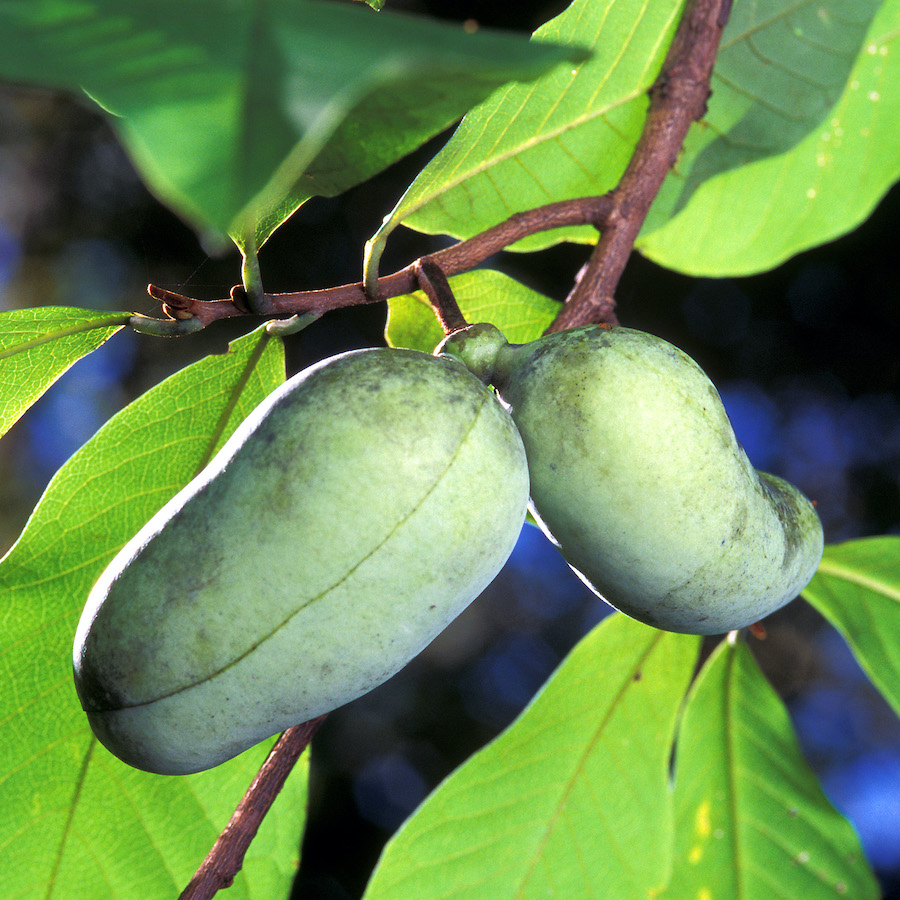
Asimina triloba, Paw Paw, is a 15-foot, native shrub or small tree that produces a sweet, large yellow-green to brown fruit tasting of custard. Paw Paw is the largest edible fruit tree or shrub native to North America.
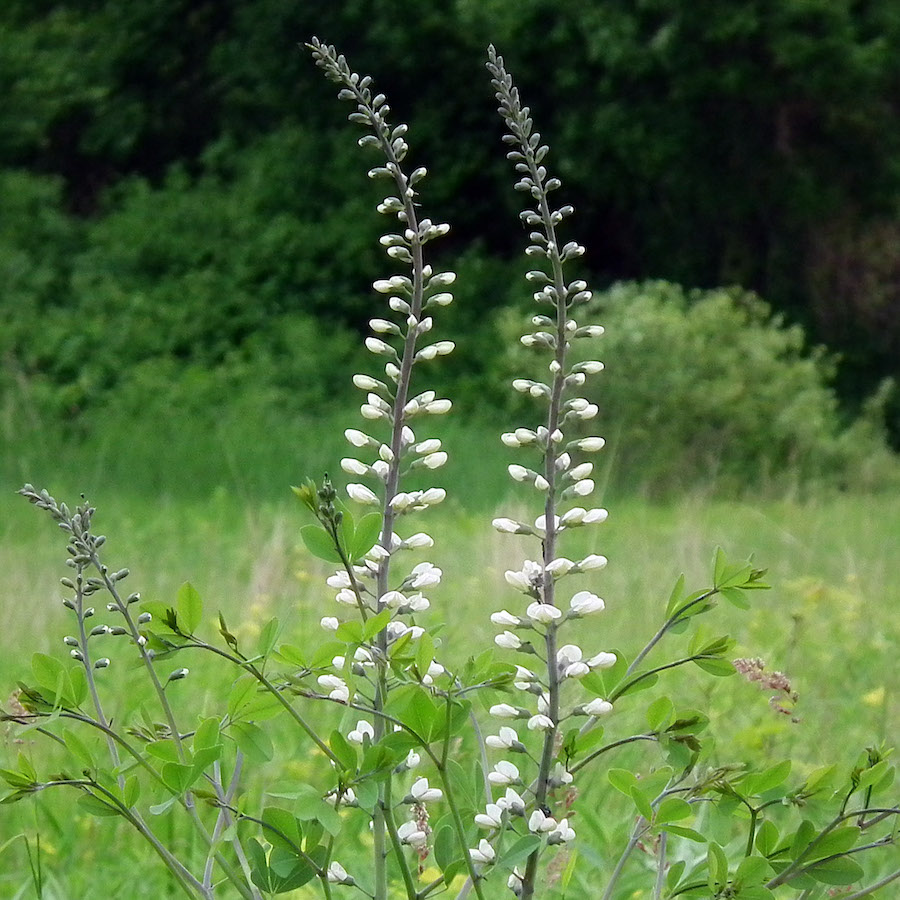
Baptisia alba, White Wild Indigo, is a 2-4 foot, long-lived herbaceous perennial with an easily recognizable spike of white flowers. White Wild Indigo grows rapidly in the spring, towering over many other plants.
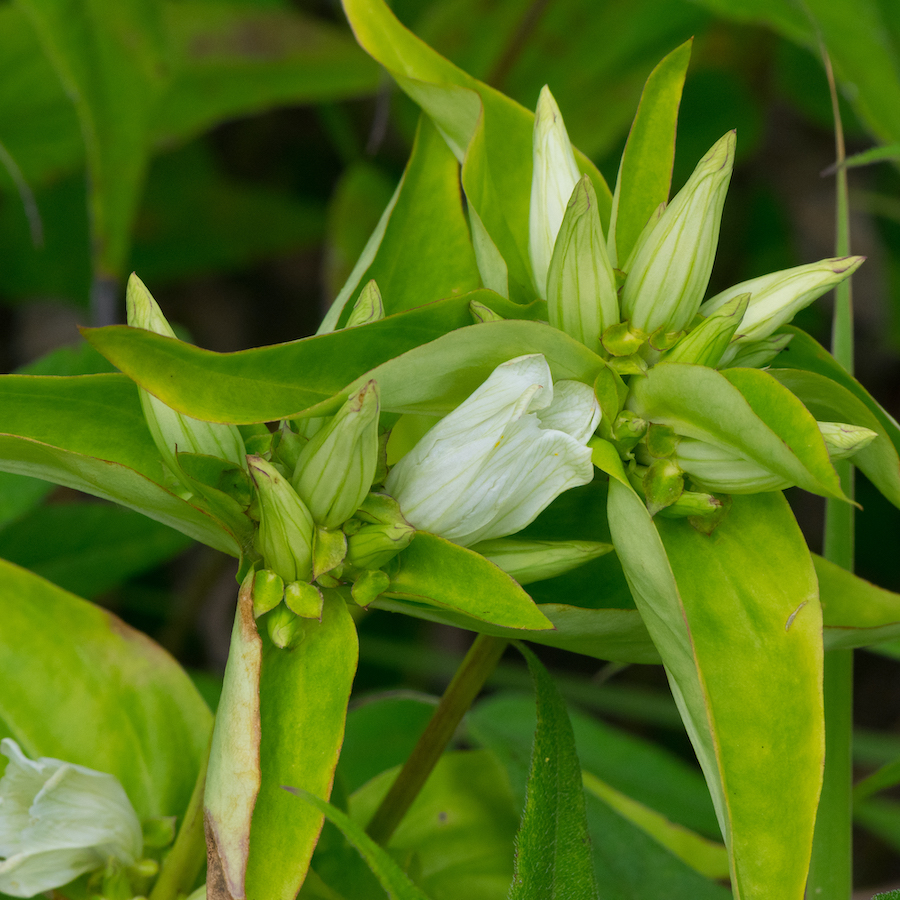
Gentiana flavida, Cream Gentian, is a slow-growing but long-lived native perennial, growing 2-3 feet tall with showy white blooms. Bumblebees are the primary pollinators of Cream Gentian as they are one of the only insects strong enough to pry open the nearly-closed flowers.
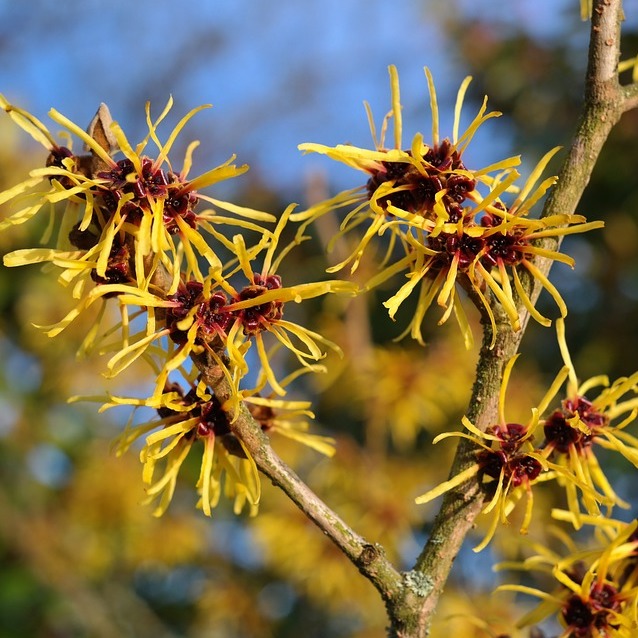
Hamamelis virginanum, Witch Hazel, is a 15-20 foot, native woody shrub with yellow fall foliage and fragrant yellow flowers. The leaves and bark can be used to create an astringent as a cooling agent for skincare to ease various ailments.
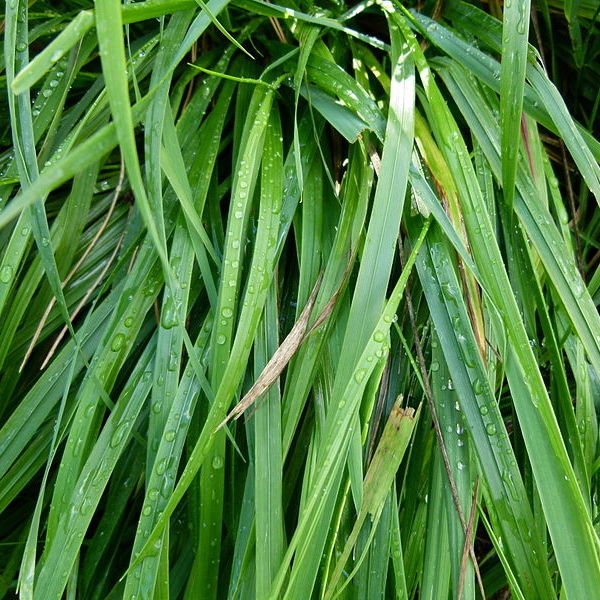
Hierochloe odorata, Sweet Grass, is an aromatic, vanilla-scented native grass, growing 1-2 feet. Sweet Grass creeps slowly to form a nice grass patch. Many North American indigenous cultures burned Sweet Grass during ceremonies to invite the presence of good spirits.
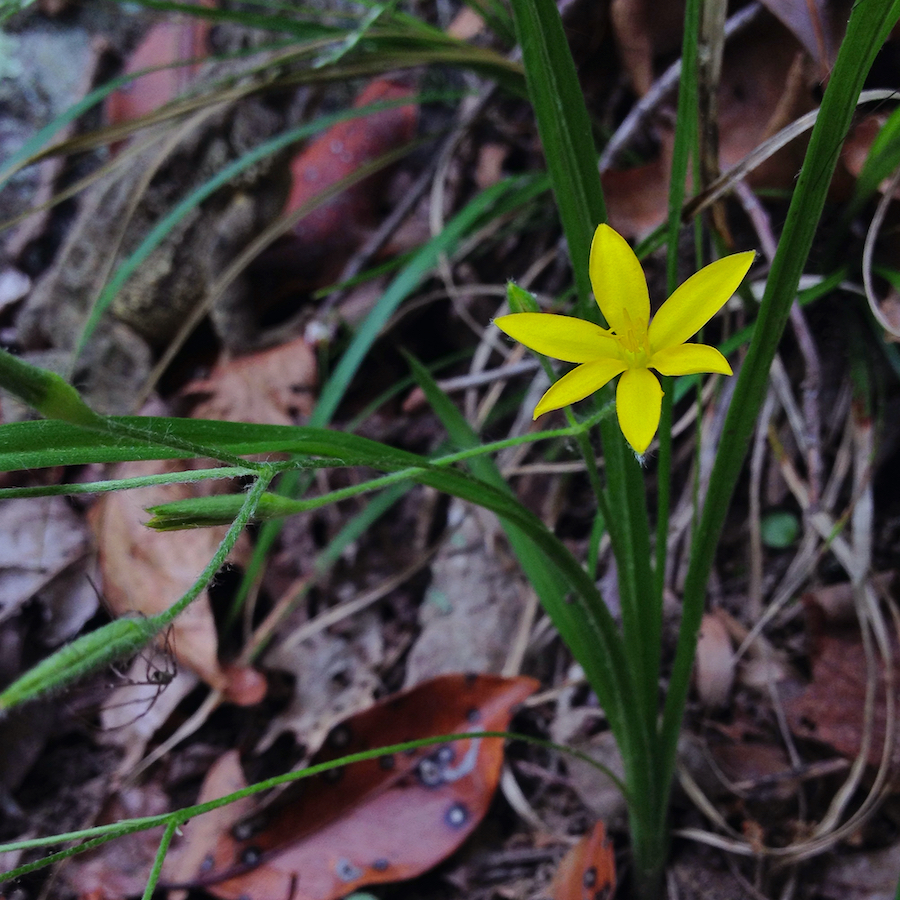
Hypoxis hirsuta, Yellow Star Grass, is a unique, one-foot, perennial wildflower producing yellow flowers shaped like stars. Relative to the Amaryllis, Yellow Star Grass grows best in full to part sun and dry to wet-mesic soils.
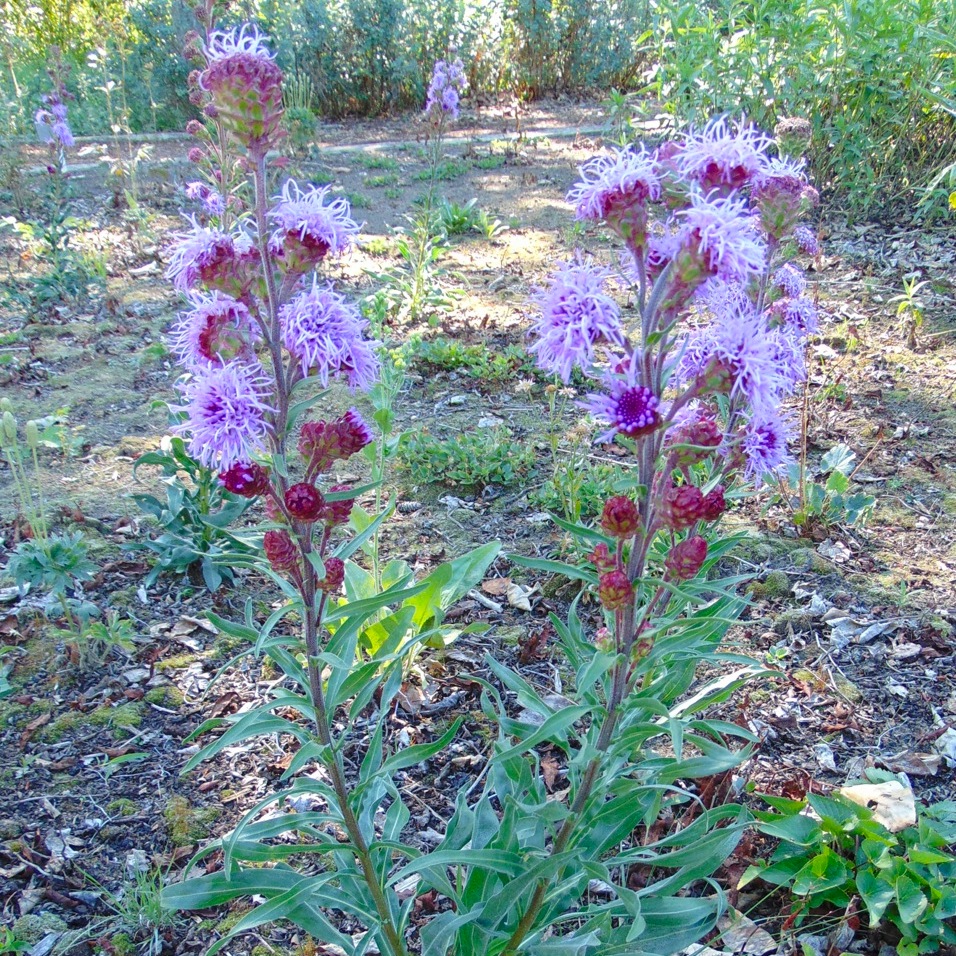
Liatris ligulistylis, Meadow Blazing Star, is a 3-5 foot, native perennial producing magenta-purple blooms, making it the ultimate monarch magnet. The flower heads generally bloom at the same time, making this species an excellent fresh cut flower for an arrangement.
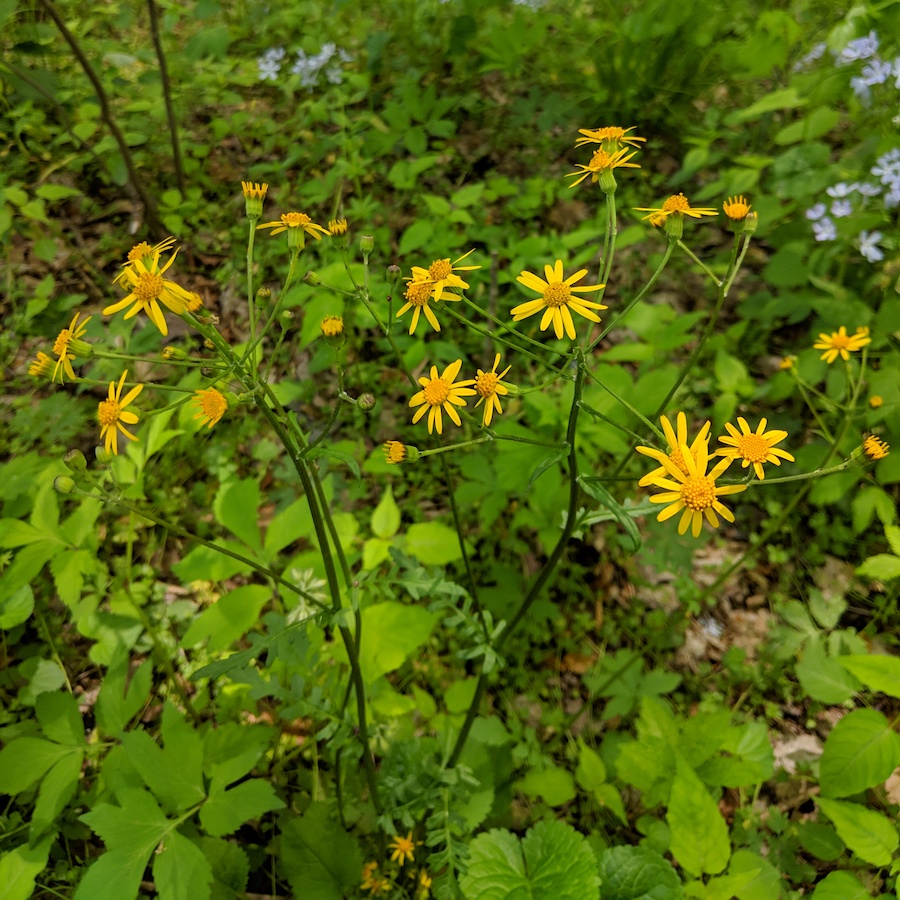
Packera aurea, Golden Ragwort, is a 1-2′ tall, herbaceous perennial for average, medium to wet soils in full sun to shady sites. Golden Ragwort or Golden Groundsel is valued for its ability to thrive in moist shady locations, naturalize rapidly, and produce a long spring bloom.

Phlox pilosa, Prairie Phlox, is a 1-1.5 foot perennial with pink blooms and slight fragrance that prefers fertile, moderately dry to moist soils and full to part sun. Prairie Phlox has flat, broad petals that serve as excellent landing areas for butterflies and moths, as well as deep and narrow tubes in the center for their tongues.
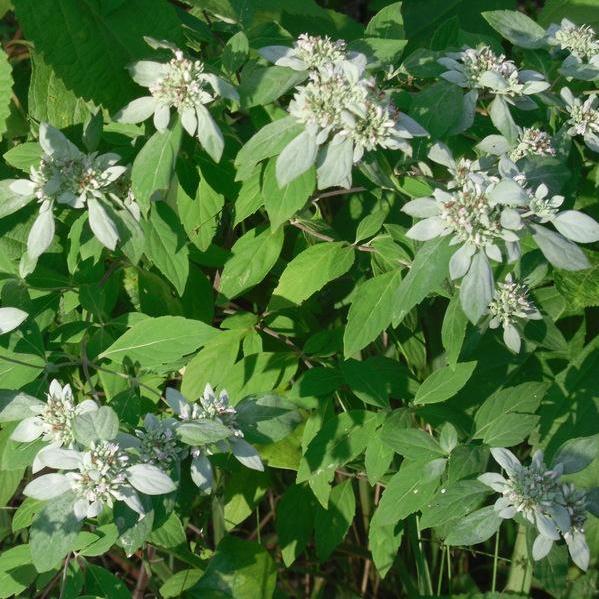
Pycnanthemum incanum, Hoary Mountain Mint, produces clusters of tiny white flowers from July to August, growing to a height of 3 feet. The flowers are a favorite of butterflies and moths, and the plant emits a strong, spearmint scent when crushed.
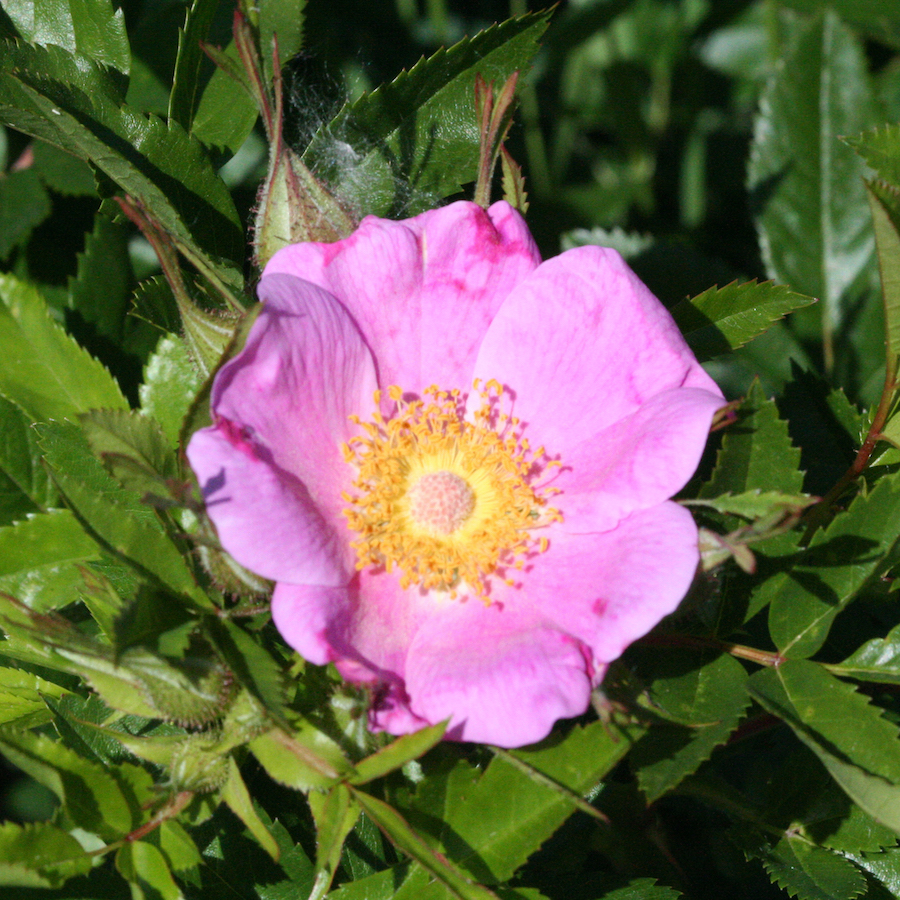
Rosa carolina, Carolina Rose, is a three-foot, native shrub with fragrant pink flowers in early summer. Carolina Rose grows best in open, sunny locations, and the fruit (rosehip) can be eaten raw or cooked.
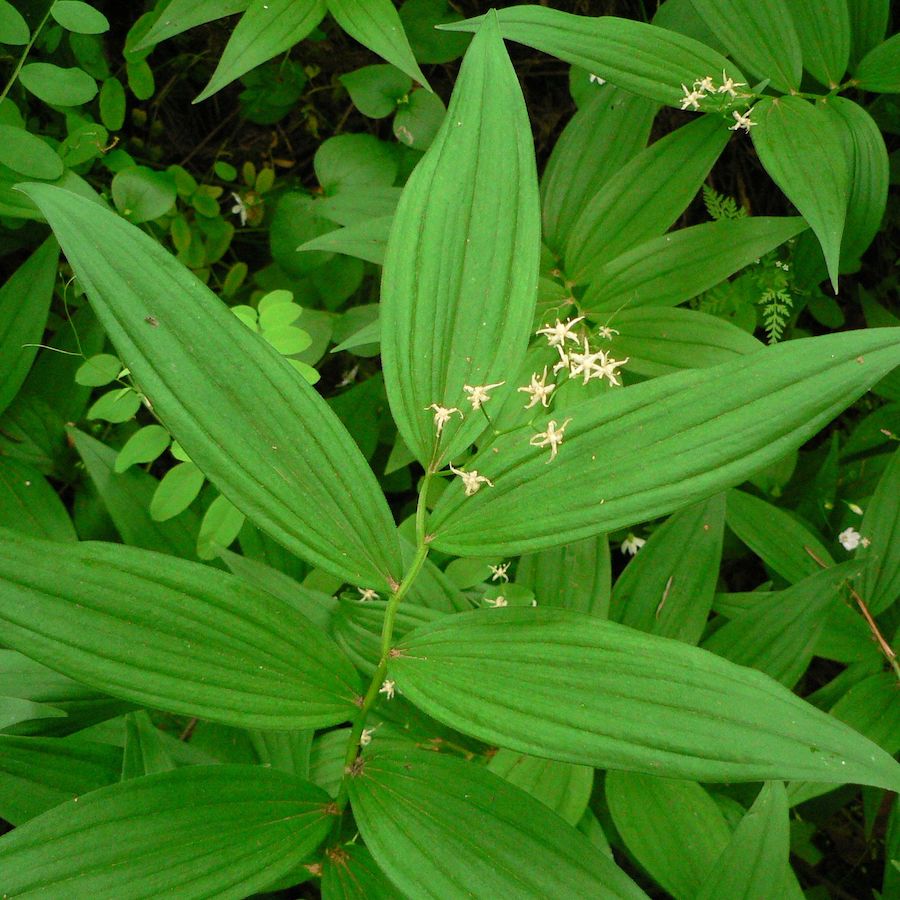
Smilacina racemosa, False Solomon’s Seal, is a two-foot perennial with white flowers appearing in late spring to early summer, followed by red berries. False Solomon’s Seal makes an excellent plant for woodland gardens or a shady border.
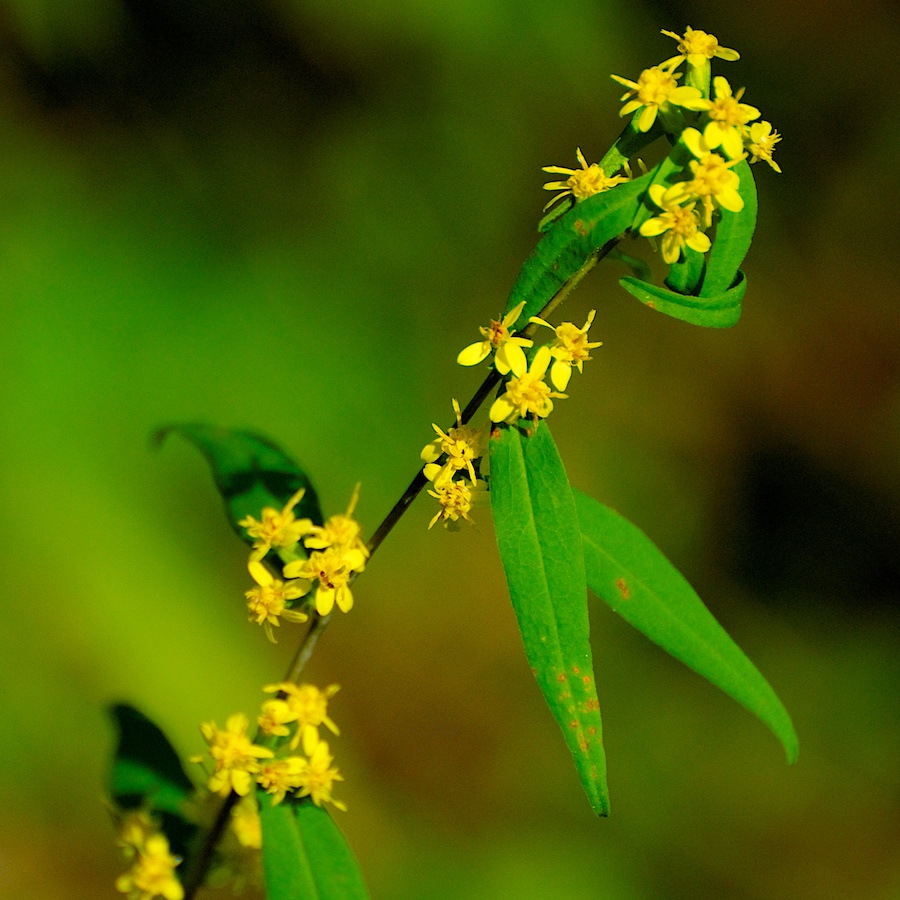
Solidago caesia, Bluestem Goldenrod, grows to a height of 2-3 feet and prefers moist, well-drained soils in part sun to shade. Bluestem Goldenrod produces small clusters of bright yellow flowers in the leaf axils along the length of the stems.
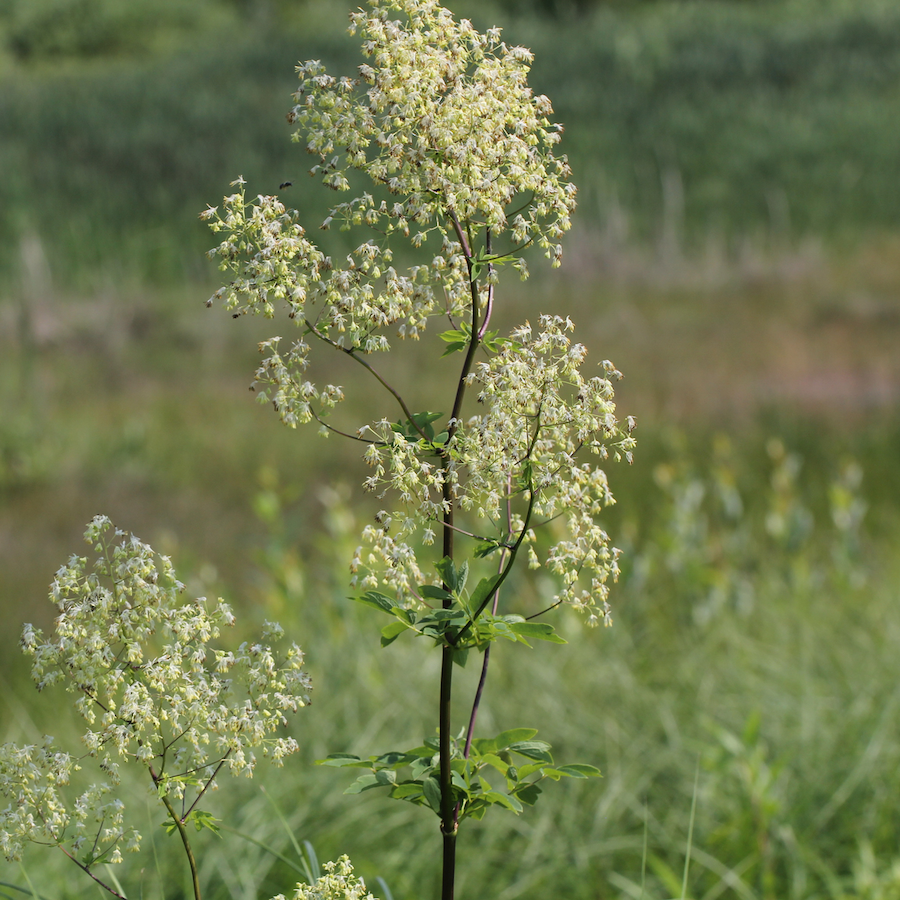
Thalictrum dasycarpum, Purple Meadow Rue, is a 3-5 foot, herbaceous perennial with purplish-white flowers. The mass effect of the Purple Meadow Rue can be quite striking and prefers full to part sun in medium to moist soils.
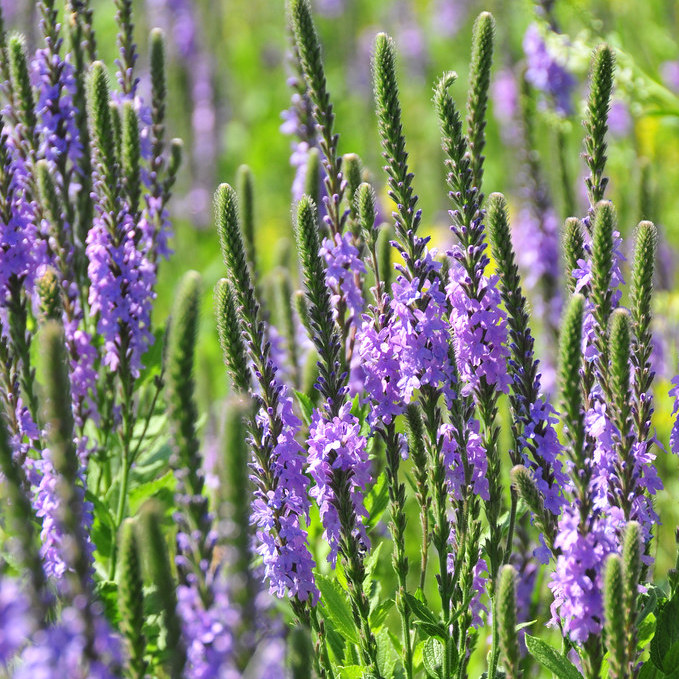
Verbena stricta, Hoary Vervain, is 2-4 foot, native perennial with lavender flower spires, preferring full sun in dry to medium well-drained loamy soils. Hoary Vervain gets its common name from the white pubescence on its gray-green leaves and stems.

